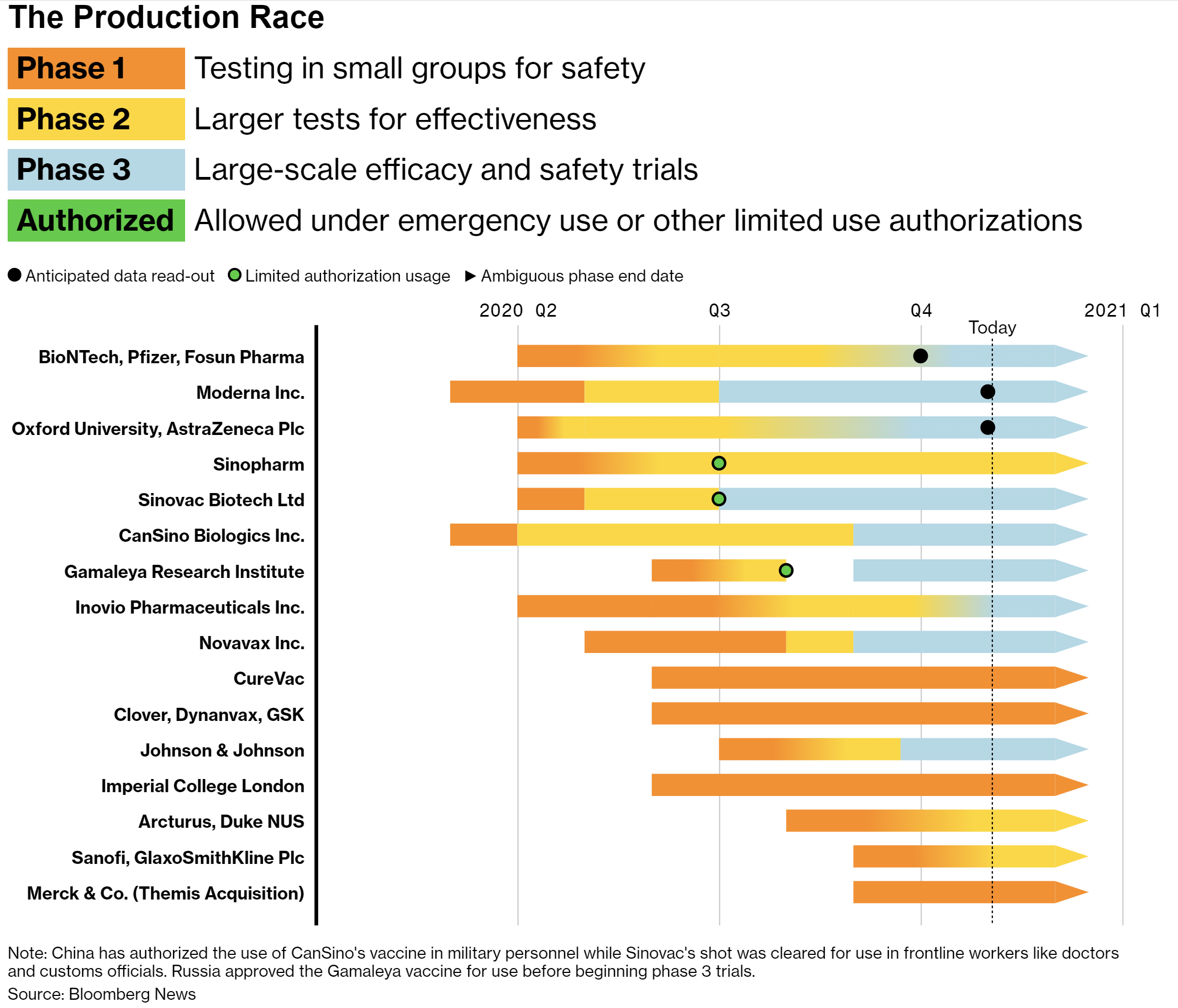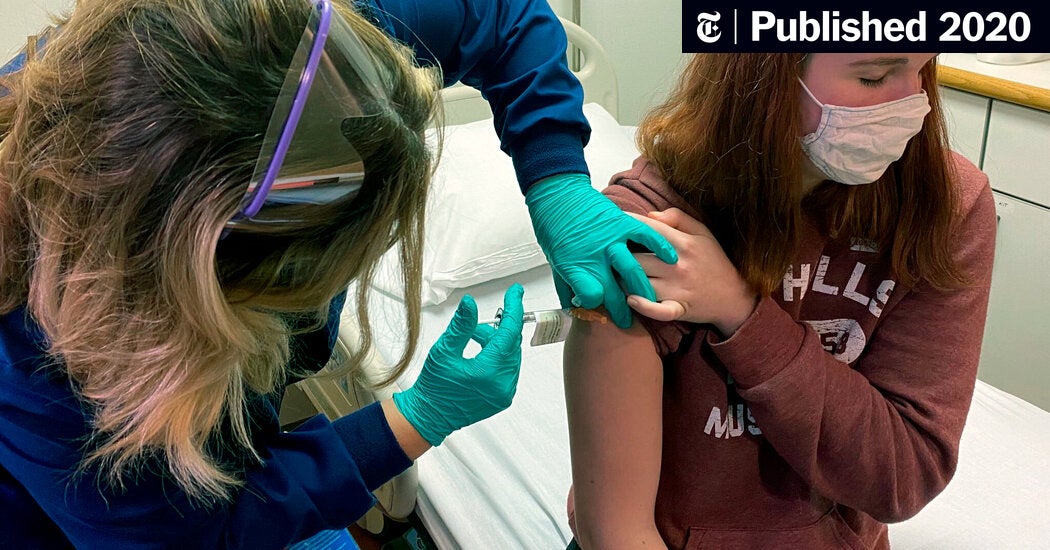Thought I'd also repost some interesting info on vaccine cold supply chains as there are significant cold chain issues with the mRNA vaccines (Pfizer needing -70C and Moderna needing -20C and most others needing at least refrigeration), in particular. -70C is -94F, which means dry ice needing to be replenished every day or so in the primary package and which requires a complex distribution network from primary centers to administration points, and -20C is -4 F, which is a typical freezer temp, which is doable most places, but is still pretty damn expensive.
I linked the article below awhile back - it's very well done as most articles by Derek Lowe are. I've also been in Pharma for over 30 years at the interface between R&D and manufacturing/supply chain and I can unequivocally tell you that a -70C cryogenic supply chain is a major challenge even in the first world, but doable with great care, but it simply might not work well at all in third world countries - or they'll have to only distribute from a few key locations, which raises the risk of infections due to people traveling to get to the vaccination point. A -20C, freezer-based supply chain isn't a picnic, but almost every Pharma company has products that require that kind of temperature and it's easily doable (but not cheap) in the first world and generally doable in most third world locations.
https://blogs.sciencemag.org/pipeline/archives/2020/08/31/cold-chain-and-colder-chain-distribution
Also, Dr.. Lowe also wrote a very interesting blog on all the other mundane but important elements of any vaccine supply chain, including things like whether there are enough vials, what kind of vials (glass, plastic, glass-lined plastic, etc.), what gas exchange rates they allow and more.
https://blogs.sciencemag.org/pipeline/archives/2020/07/08/materials-and-gases-vials-and-vaccines
I linked the article below awhile back - it's very well done as most articles by Derek Lowe are. I've also been in Pharma for over 30 years at the interface between R&D and manufacturing/supply chain and I can unequivocally tell you that a -70C cryogenic supply chain is a major challenge even in the first world, but doable with great care, but it simply might not work well at all in third world countries - or they'll have to only distribute from a few key locations, which raises the risk of infections due to people traveling to get to the vaccination point. A -20C, freezer-based supply chain isn't a picnic, but almost every Pharma company has products that require that kind of temperature and it's easily doable (but not cheap) in the first world and generally doable in most third world locations.
https://blogs.sciencemag.org/pipeline/archives/2020/08/31/cold-chain-and-colder-chain-distribution
Also, Dr.. Lowe also wrote a very interesting blog on all the other mundane but important elements of any vaccine supply chain, including things like whether there are enough vials, what kind of vials (glass, plastic, glass-lined plastic, etc.), what gas exchange rates they allow and more.
https://blogs.sciencemag.org/pipeline/archives/2020/07/08/materials-and-gases-vials-and-vaccines

